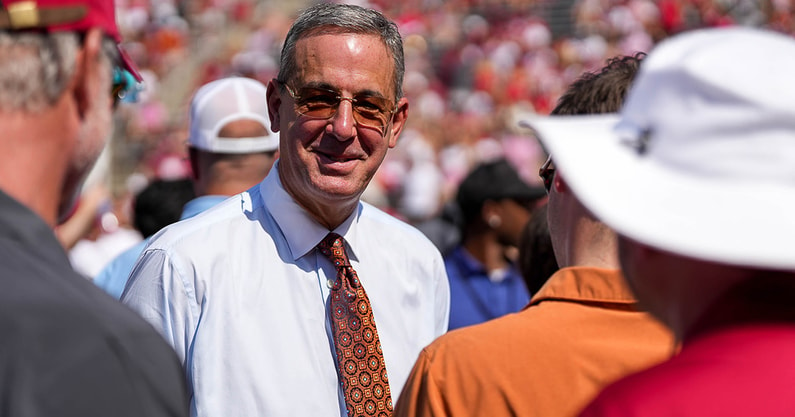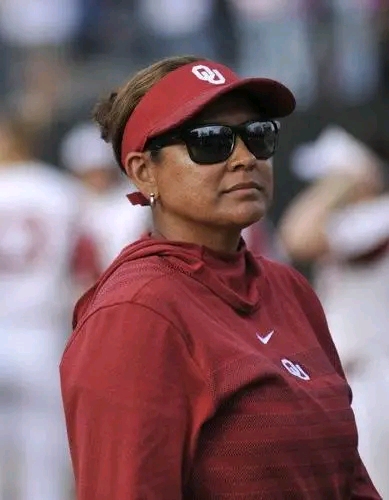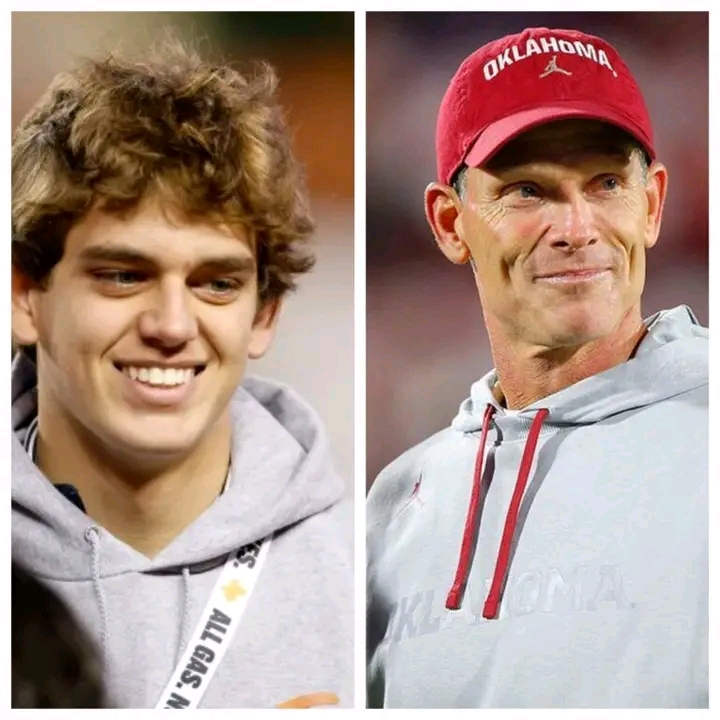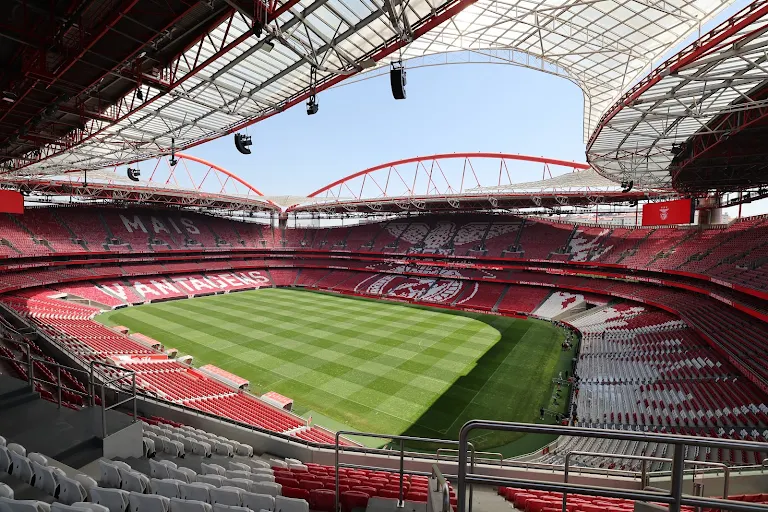
As the landscape of college athletics undergoes a seismic shift with the onset of the House v. NCAA settlement era, athletic departments across the country are facing some of the most critical financial and strategic decisions in their history. The landmark settlement, which effectively allows schools to share revenue with student-athletes, marks the beginning of a new chapter that could fundamentally transform the traditional model of amateurism in college sports.
Under the terms of the House settlement, universities will now be permitted—and in many cases expected—to allocate up to $20 million annually in revenue sharing with athletes. This dramatic change brings new financial pressures to athletic departments, especially those already operating at a deficit. While powerhouses in the SEC and Big Ten may have the resources to adapt more smoothly, smaller programs in other conferences may struggle to keep up or be forced to reconsider the scope of their athletic offerings.
The ripple effects of the settlement are already being felt. Athletic directors, university presidents, and conference commissioners are now engaged in internal reviews of their budgets, staffing models, and even their sponsorship deals. Many schools are being forced to make tough choices about how to prioritize funding—whether to shift money from non-revenue sports, cut administrative costs, or even eliminate certain teams altogether to meet the financial demands of this new era.
At the heart of the issue is the question of sustainability. The influx of revenue-sharing obligations, coupled with ongoing NIL (Name, Image, and Likeness) deals, means that schools must now act more like professional franchises when managing player compensation. This shift not only alters the internal operations of athletic departments but also changes the way recruits, fans, and media view college athletes—from students first to compensated entertainers.
For student-athletes, the House settlement presents a historic opportunity. Many will now receive a share of the billions generated by television rights, sponsorships, and merchandise sales—revenue streams they have long helped create without direct financial benefit. However, with this new model comes increased expectations and scrutiny. Players may face more structured schedules, greater performance-based incentives, and potentially even contractual obligations that mirror those in the professional ranks.
Legal experts warn that while the House era settles one major lawsuit, it opens the door to future legal and regulatory questions. Issues such as tax implications for athletes, Title IX compliance, and collective bargaining rights remain unresolved. Some believe that the NCAA and its member schools will eventually be forced to adopt




